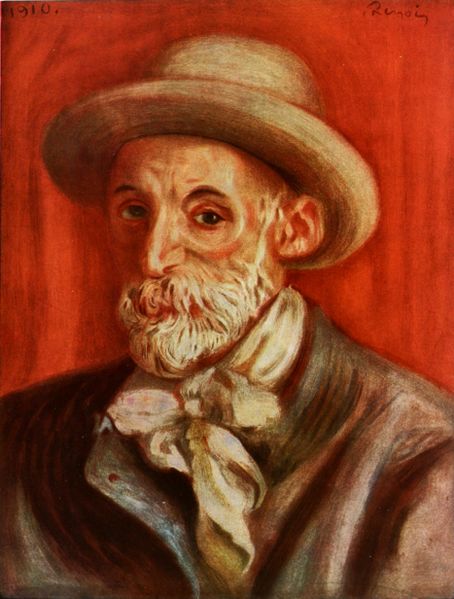Help your kids create a dorm room that is a mini home away from home.
This year approximately $4 billion will be spent on decorating dorm rooms. But there's really no need to break the bank account to give your child the comforts of home. Dorm room designing on a dime doesn't mean you have to sacrifice style for function. Rather, it's about finding a budget-friendly compromise for both and giving it a personal touch.
Top tips for dorm room interior design:
- Add color
- Create storage
- Use wall décor
Add Color
Once upon a time colleges wouldn't let kids paint their dorm rooms, but times are changing! As long as it's painted back to a neutral color, many colleges will now allow it.
But if painting is still a no-no for your school, then turn to companies like Ikea and Bed, Bath & Beyond. For the price of a gallon of paint, they have great fabric patterns that add serious style, color and drama to a room!
Feminine Color
Colorful bedding, rugs and lamps can really pull the room together. Go for stark contrast and bursts of bright color, like teal, orange, yellow and green. Use objects like throw blankets, pillows and lamps for extra pops of color.
Masculine Color
Go cool with chocolate brown, army green, navy blue and reds. Try to opt for brushed nickel, stainless and/or dark wood tones for furnishings. Remember, a dorm room can still have a pulled-together sense of style—repeating linear patterns and natural color tones can do the trick.
Create Storage
Since the average dorm room is about 200 square feet, the trick to a well-designed space is to use every square inch. So storage is essential.
Remember, when you have limited space and can't go out, you go up. Try stacking storage cubes from floor to ceiling for a fun and functional style.
More tips:
- Get bed risers and move storage under the bed.
- Look into portable zip-up closets with drop-down hangers for all those cool T-shirts.
- Opt for a closed storage desk and things like decorative desk containers that really help with de-cluttering a desk.
- Use old travel trunks as great alternative storage units.
The hottest trend in dorm room design these days is peel-and-stick wall décor.
Since most dorms don't allow students to nail or screw stuff into their mostly concrete surroundings, the next best option is peel-and-stick art and picture frames that provide a functional twist. Trendy Wall Designs has everything from feminine to edgy. They even have peel and stick chalk board decals. Pretty fun!
Photo from Dreaming in Ink















